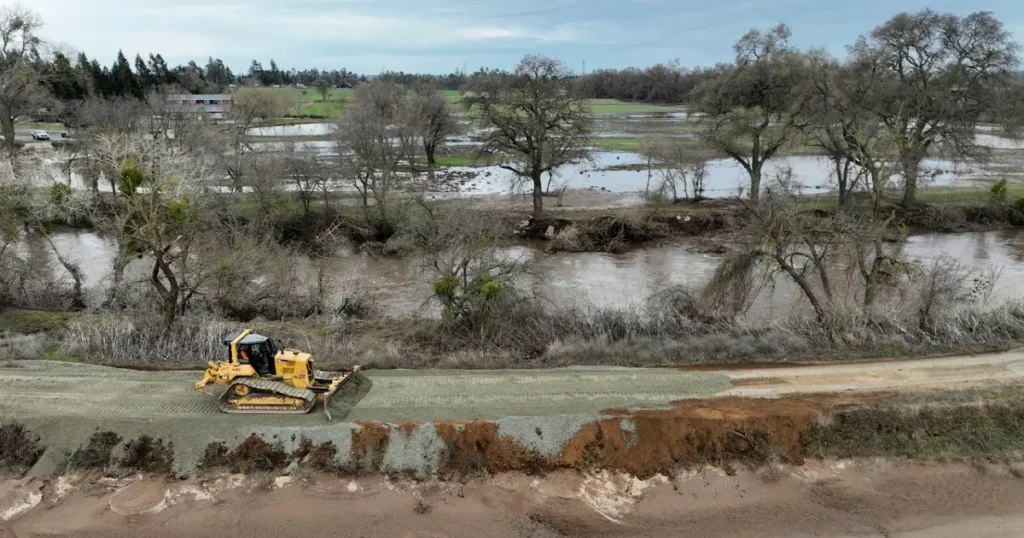California Storm: Impact, Preparedness, and Safety Measures

California is known for its diverse climate, ranging from sunny beaches to mountainous regions. However, it also experiences powerful storms that significantly impact communities and infrastructure. In this article, we will explore the topic of California storm, focusing on their effects, preparedness measures, and safety guidelines. Join us as we delve into the dynamics of California storms and the importance of being prepared for inclement weather conditions.
-
Understanding California Storms
California storms refer to weather systems that bring heavy rainfall, strong winds, and, in some cases, severe thunderstorms. These storms can occur throughout the state, affecting coastal and inland areas. Various factors, including atmospheric conditions, temperature differentials, and the interaction of air masses, can drive them.
-
Impact of Storms
California storms can have significant impacts on various aspects of life:
- Flooding: Heavy rainfall during storms can lead to flash flooding, causing damage to homes, roads, and infrastructure. It can also pose a risk to personal safety.
- Mudslides: In areas with steep slopes or recent wildfire burn scars, storms can trigger mudslides or debris flows, threatening communities and hindering transportation.
- Power Outages: High winds accompanying storms can result in downed power lines and outages, disrupting the electricity supply and affecting daily life.
- Transportation Disruptions: Storms can lead to road closures, flight cancellations, and delays in public transportation systems, impacting travel plans and logistics.
-
Preparedness Measures
Being prepared for California storms is crucial to mitigating their impact:
- Stay Informed: Keep track of weather forecasts and alerts issued by meteorological authorities. Stay updated on storm-related news and instructions from local authorities.
- Emergency Supplies: Prepare an emergency kit with essential supplies such as non-perishable food, water, flashlights, batteries, a first aid kit, and a battery-powered radio.
- Home Protection: Clear gutters and drains of debris to prevent flooding. Secure loose objects and trim tree branches that could damage your property during high winds.
- Evacuation Plans: Familiarize yourself with evacuation routes and develop a plan in case you need to evacuate. Follow any evacuation orders issued by the authorities.
-
Safety Guidelines
During a California storm, it is essential to prioritize safety:
- Indoor Safety: Stay indoors and avoid unnecessary travel. If indoors, stay away from windows, seek shelter in sturdy parts of the building, and be cautious of potential power surges.
- Driving Precautions: Avoid driving through flooded areas and pay attention to road closure signs. Drive at a safe speed, keep a safe distance from other vehicles, and use headlights in low visibility conditions.
- Power Outages: Use flashlights or battery-operated lanterns instead of candles to reduce the risk of fires. If using a generator, follow safety guidelines and ensure proper ventilation.
- Emergency Contacts: Keep emergency contact numbers handy and have a communication plan with family and friends in case of separation.
-
Community Resilience
Building community resilience is essential for effectively dealing with California storms:
- Neighborhood Support: Check on your neighbors, particularly those who may require assistance, such as the elderly, individuals with disabilities, or those living alone.
- Community Emergency Plans: Get involved in local emergency planning and preparedness initiatives. Participate in drills and exercises to familiarize yourself with emergency procedures.
- Post-Storm Recovery: Support local relief efforts and community organizations assisting in recovery and rebuilding after a storm. Engage in initiatives that promote long-term resilience and adaptation to changing weather patterns.
Conclusion
California storm can pose significant challenges and risks to communities. By understanding the dynamics of these storms, preparing in advance, and following safety guidelines, individuals and communities can effectively mitigate the impact of such weather events. Through collective resilience and a commitment to preparedness, Californians can navigate storms with excellent safety and emerge stronger in adversity.
FAQs
- What are California storms?
California storms refer to weather systems that bring heavy rainfall, strong winds, and sometimes severe thunderstorms to the state.
- What are the impacts of California’s storms?
California storms can cause flooding, mudslides, power outages, and transportation disruptions, affecting homes, infrastructure, and daily life.
- How can I prepare for California storms?
Stay informed, prepare an emergency kit, protect your home, and have evacuation plans in place.
- What safety guidelines should I follow during a storm?
Stay indoors, avoid unnecessary travel, drive cautiously, and use flashlights instead of candles during power outages.
- How can communities become more resilient to California storms?
Building community support, participating in emergency planning, and engaging in post-storm recovery efforts contribute to community resilience.

